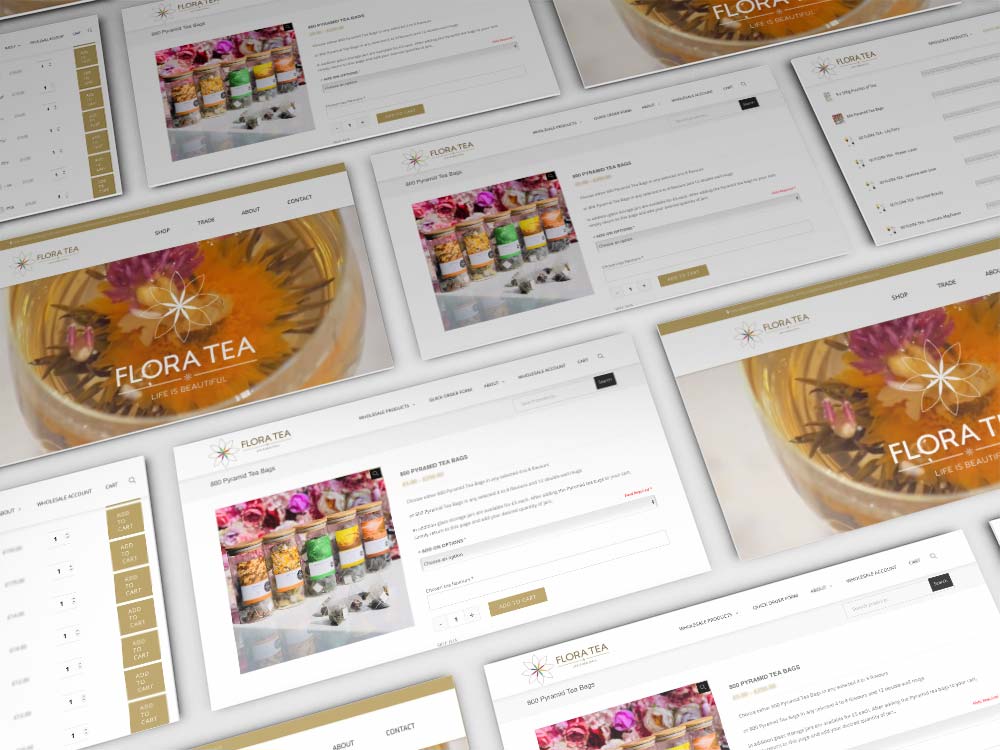How to nurture visitors and convert hits into leads
How to nurture visitors and convert hits into leads
With COVID-19 expected to continue imposing disruption on trade shows and face-to-face events for many months, business growth rate now relies on the strength of a company’s online presence more than ever.
Roger Taylor, creative director at award-winning Montpellier PR, explains how content converts hits to leads.

Today’s plethora of digital platforms and sources of information means that prospects, and customers, can reach brands from a multitude of avenues, at any stage of the decision-making process.
Corporate websites act like a digital shop windows but they lack the presence of employees to help direct prospects to what they are looking for. Which is why it’s crucial they are also used as a lead generation tool – they can’t be static.
The online customer journey refers to both the site ‘roadmap’ (layout and ‘clickables’ – links and buttons) and the efficiency of content. It’s important to make clear the actions you want visitors to take after landing on any page, both through a call to action (CTA) and ensuring that the site roadmap funnels the potential customer to the end goal.
Web content is one of the main drivers of online sales and lead generation, as done effectively, it offers more information, communicates expertise and encourages the prospect to make the next step in their decision making process.
Hooking the ‘browsers’

Most visitors are unlikely to buy from your website straight away – people ‘browse’ as they would do in a shop. A frequently updated blog with high quality, valuable content and a strong CTA can ‘hook’ the ‘browsers’ and convert them into leads.
In the first instance, useful and engaging content provides a reason for a potential customer to keep returning to your website, which creates additional opportunities to turn that lead into a sale. But content creation is also about building trust in your brand and products or services to set yourself apart from the competition. Visitors are more likely to make a purchase from companies and brands who demonstrate their knowledge and expertise and share the visitor’s values.
Conversion through gated content
‘Gated content’ refers to articles that require the visitor to sign up via email or subscribe to read. Whether gated content will be useful to you in terms of conversion is determined by your goals. If you have a wide and varied customer demographic and want as many potential leads as possible to read your content, then gated content might be considered a barrier.
But in terms of lead generation, quality is just as important as quantity. If your customer demographic is more niche, or your goal is to attract high-quality leads, rather than just a large quantity, gated content can be used to start conversations that can lead to long-lasting relationships.
A good indicator that you may need to start focusing on quality leads would be if you find that your content has a high number of readers but the conversion to sales is low.
Visitors to your website are well aware that providing their email address or phone number may lead to future contact. That they are willing suggests they may be of the right quality, and highly interested in either your content, offerings or both.
Follow ups should not be a hard sell, as your visitors may find this intrusive, but continue to reach out to offer value to the customer – with content that suits their profession, interests and any indicated needs, for example. This can develop a relationship and trust in your brand over time. Reaching out regularly also serves to keep your company at the top of the prospect’s mind, so that when they are ready to buy, they will be more likely to choose your product or services over a competitor’s. It may mean that you have to join the prospect on their buying journey, but nurturing them will prove more fruitful than trying to push them before they are ready.
 Utilising web analytics to deliver more value in content
Utilising web analytics to deliver more value in content
Web analytics can inform you of who is regularly visiting your website and reading your content. The likes of Google Analytics provide a general overview of location and number of ‘hits’, but it’s real value is in the measurement of how long each visitor spends on each page, and where they went from there. These insights can be used to evaluate the efficiency of your site roadmap.
Additionally, key word and topic analytics, used in conjunction with customer profiling, can provide insights into what types of searches customers like yours make online and what they are looking for. This could be used to tailor your content to ensure that your topics match the interests of your target audience or reveal gaps in the market.
With the immense growth in the amount of businesses blogging and the medium’s popularity over the past decade, blogs are often seen as just another tool in the marketing box. But the rise of blogging has created opportunities for every business to capture the world’s attention, encourage customer loyalty, gain recognition for expertise and convert hits into leads. It all starts with a compelling story.
If you’re ready to nurture your potential prospects through the sales funnel and convert the ‘browsers’ into new business, check out our new lead generation services here.

By Roger Taylor
Creative Director








